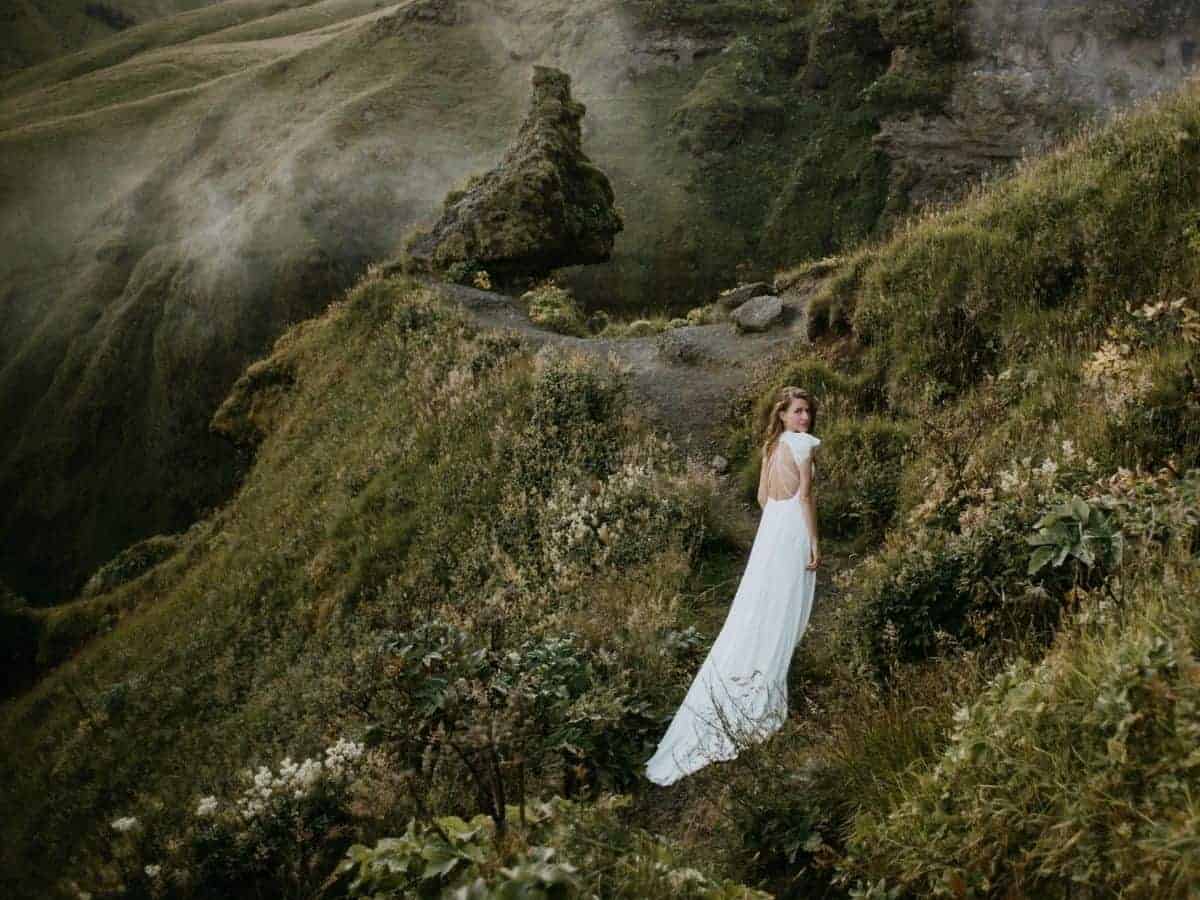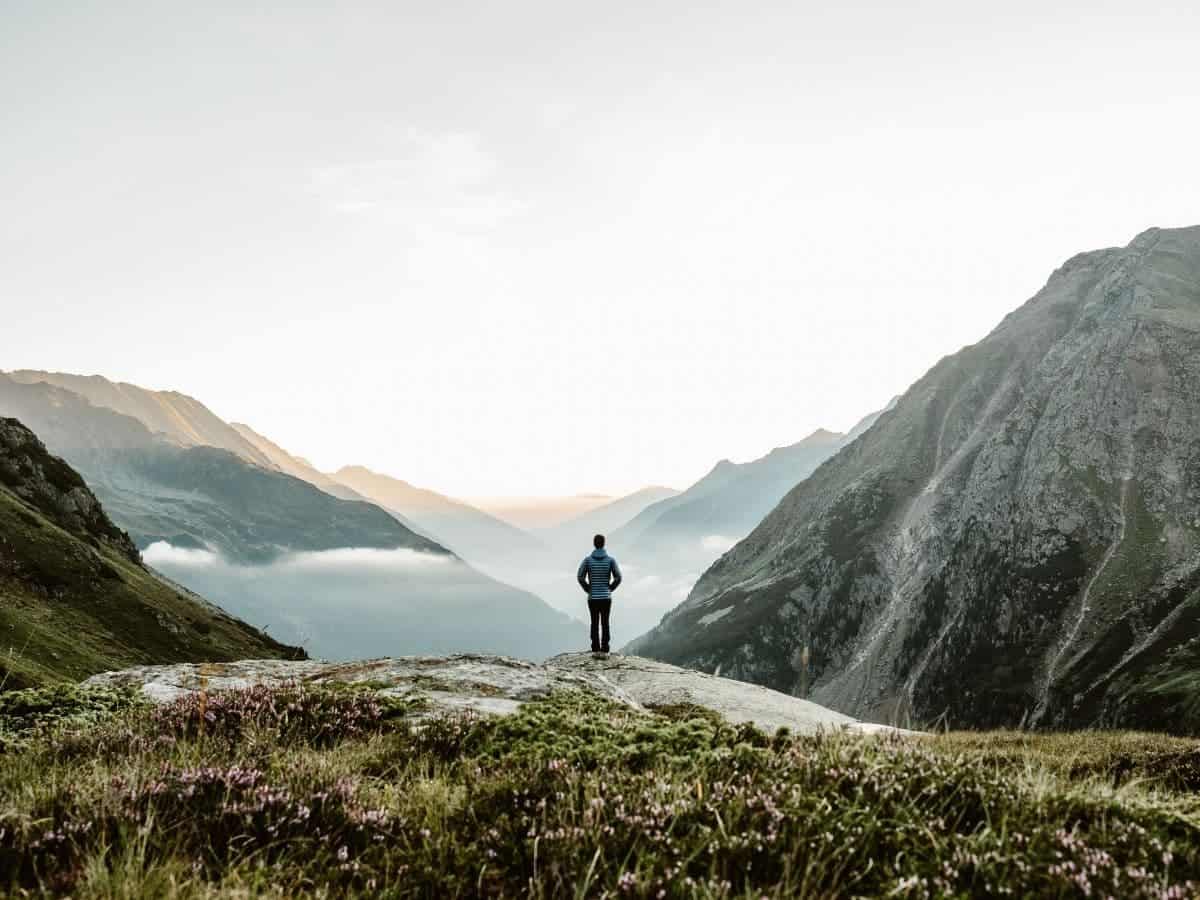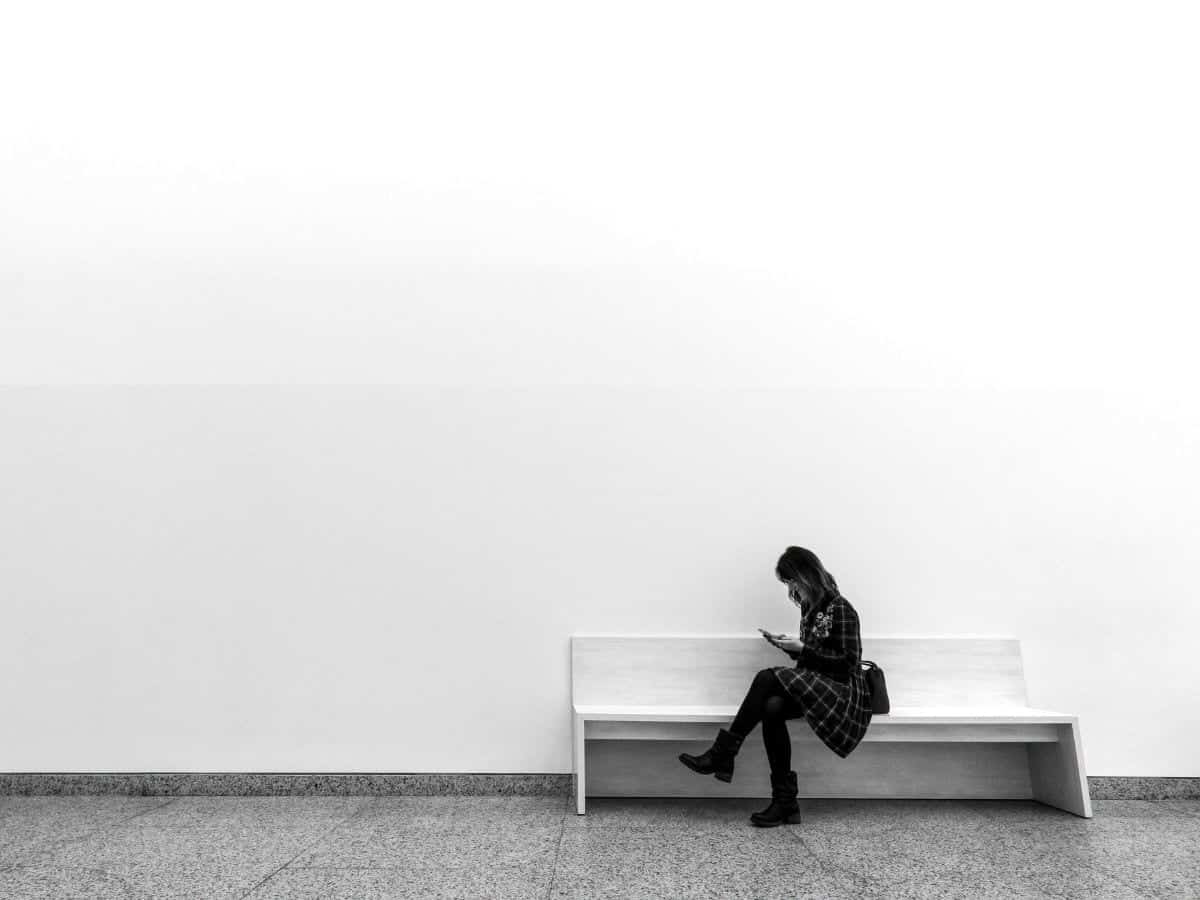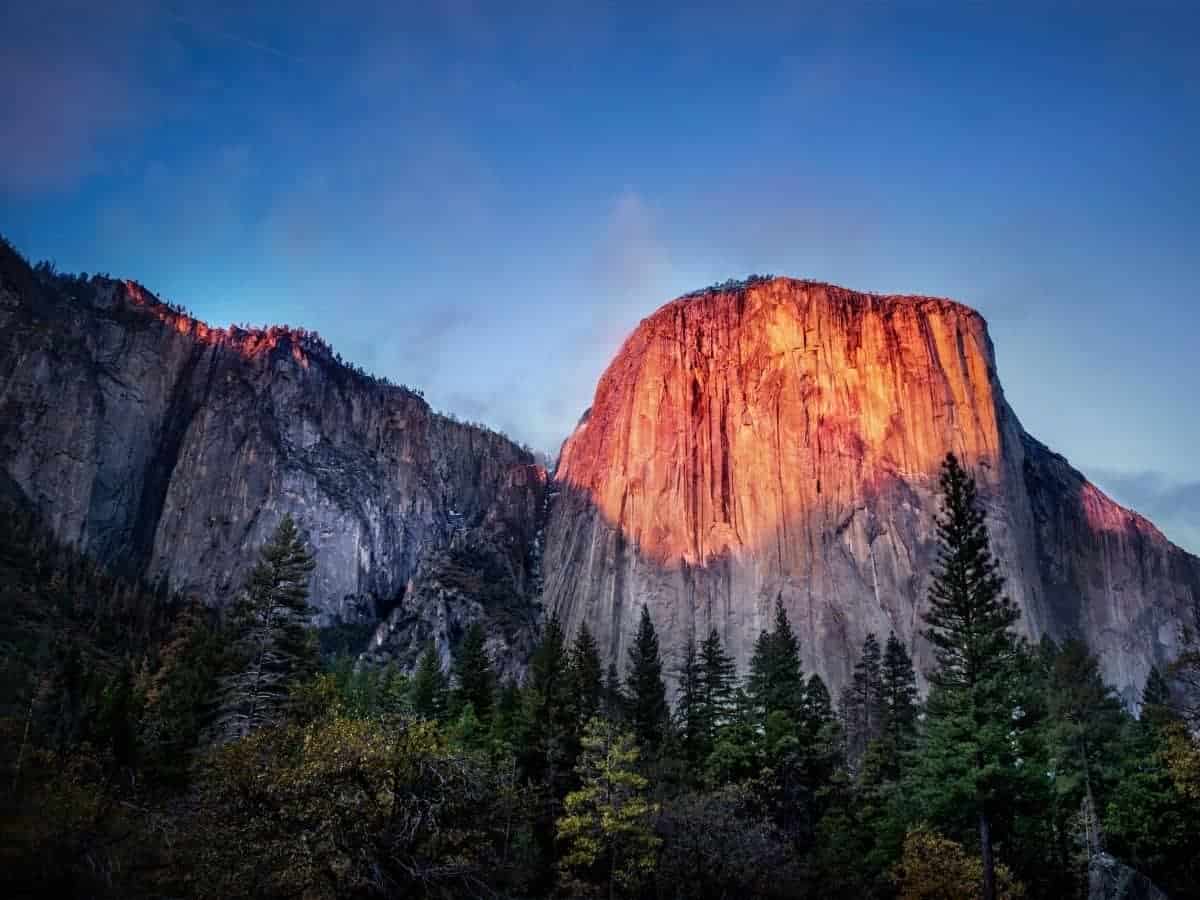In photography, negative space is the area surrounding the main subject. Learn how to use it to take better pictures.

To capture an aesthetic image, you need to use the proper camera settings, compositional techniques, and lighting.
Negative space is one of the aspects of a photograph that quietly plays an important role.
It helps you achieve the perfect balance and tell a story through a still image.
Learn everything you need to know about negative space, why it’s important, how to use it, and get inspired by examples of it.
What’s negative space?
In photography, negative space refers to the area surrounding the main focus. It includes the background and foreground.
The main subject and focus are known as the positive space. Negative space is used to achieve balance in a photograph.
Additionally, it helps you create the right effects and tell a story through your image.
The goal of negative space isn’t to take away attention from the subject. It’s to support it.
When used properly, the negative space looks aesthetic and enhances the main subject.
Related article: What are midtones in photography?
How negative space affects an image
The main subject of a photo is the positive space. So, the negative space is everything else in the frame.
Often, negative space is associated with minimalistic photography where there may be a person surrounded by darkness or an empty room.
However, there’s negative space in almost every photograph. It affects the overall feel of an image.
If there’s not much negative space, the image may feel crowded and as if something’s off.
With less negative space comes feelings of emptiness, or it shows the surrounding environment to tell a story.
The proper use of negative space leads to an emphasized and clear subject because it draws a viewer’s eyes to the main focus.
Additionally, it’ll evoke emotions and tell a story. The negative space explains where a subject is, what they might be doing, and influences the overall feel.
It can make an image look cohesive or distracting. That’s why it’s so powerful.
Related article: Email marketing for photographers
How to use negative space in photography

The proper use of negative space can take your images from decent to incredible. It’s the key to capturing beautiful photos.
Since negative space has a dramatic impact, it’s essential to learn how to use it.
Take the following steps to become a better photographer by properly using negative space to enhance the main focus.
Related article: Candid photography tips and examples
Combine with composition techniques
Composition affects the way an image is perceived. It guides a viewer’s eyes, makes an image pleasing to the eye, and evokes certain emotions.
Combine composition techniques with purposeful negative space to enhance your images.
The following are excellent composition techniques to use:
- Rule of thirds.
- Leading space.
- Framing.
- Leading lines.
- Color theory.
- Perspective.
- Depth.
By keeping composition in mind when using negative space, your photos will be compelling and eye-pleasing.
Remove distracting elements
Negative space is everything else that makes up an image aside from the main subject.
It’s there to enhance and keep the focus on the subject, which means it doesn’t command attention.
Before you press the shutter, check the background and foreground for distracting elements. If anything in the frame takes the attention away from the subject, remove it.
Additionally, every image tells a story. If an element in the frame doesn’t align with the story, adjust your position to eliminate it.
To use negative space well, make sure it draws a viewer’s eyes to the main focus.
Provide a sense of scale

Negative space is what surrounds your subject. So, use it to provide a sense of scale.
Use surrounding elements, such as buildings, trees, mountains, and other objects to provide context to the size of your subject.
If your subject takes up most of the frame, they’ll appear larger than if they took up less of the frame.
In other words, more negative space can make your subject appear smaller. A sense of scale helps a viewer formulate a story.
Related article: 40 best Ansel Adams quotes about photography and nature
Experiment with the depth of field
A deep depth of field provides a sharp focus throughout the frame.
Sometimes, elements in the background and foreground are distracting. The best way to overcome this is to use a shallow depth of field.
By using a large aperture, you’ll blur the background or foreground, creating a smooth look. If there are lights, you can achieve beautiful bokeh.
Experiment with deep and shallow depths of field to find the best way to use the negative space to accentuate your subject.
Create a minimalistic look
An excellent way to use negative space is to create a minimal composition. Minimal doesn’t mean boring.
Instead, use the emptiness to create a striking composition. Look for textures, geometric shapes, and shadows.
It’ll make your subject stand out against a clean and minimal background.
With a minimalistic approach to negative space, your images will be free of distractions and clutter. The focus will remain on your subject, which will be bolder.
Examples of negative space
The following are examples of space in photography. Use them for inspiration in your images and deepen your understanding of different types of negative space.
Minimalistic photos clearly show the negative space. In the following image, a woman is looking at her phone and sitting on a bench.
She’s the positive space. The wall, bench, and floor are the negative space.
A clean background draws your attention directly to the subject. Plus, she’s placed on the right third of the frame with leading space in front of her.

In the following image, the rule of thirds is implemented to clearly make the lighthouse the main subject.
The rocks, water, and sky are the negative space. They’re beautiful, but still, emphasize the lighthouse as the main focus.

When using negative space, consider using light and shadows to help keep the focus on the subject.
For example, the following image shows sunlight shining on El Capitan in Yosemite National Park.
El Capitan is the main subject, while the sky, trees, and other parts of the rock formation are the negative space.

Conclusion
Positive space is the subject, while negative space is everything else in the frame. The main subject is an important part of the image.
However, the negative space plays a powerful role because it’s subtle but enhances the subject. It keeps the focus on the subject and creates an aesthetic image.
When you’re using negative space, be intentional.
Look for the best angles and perspectives to isolate your subject, so they contrast from the background and surroundings.
Featured image courtesy of Canva.
